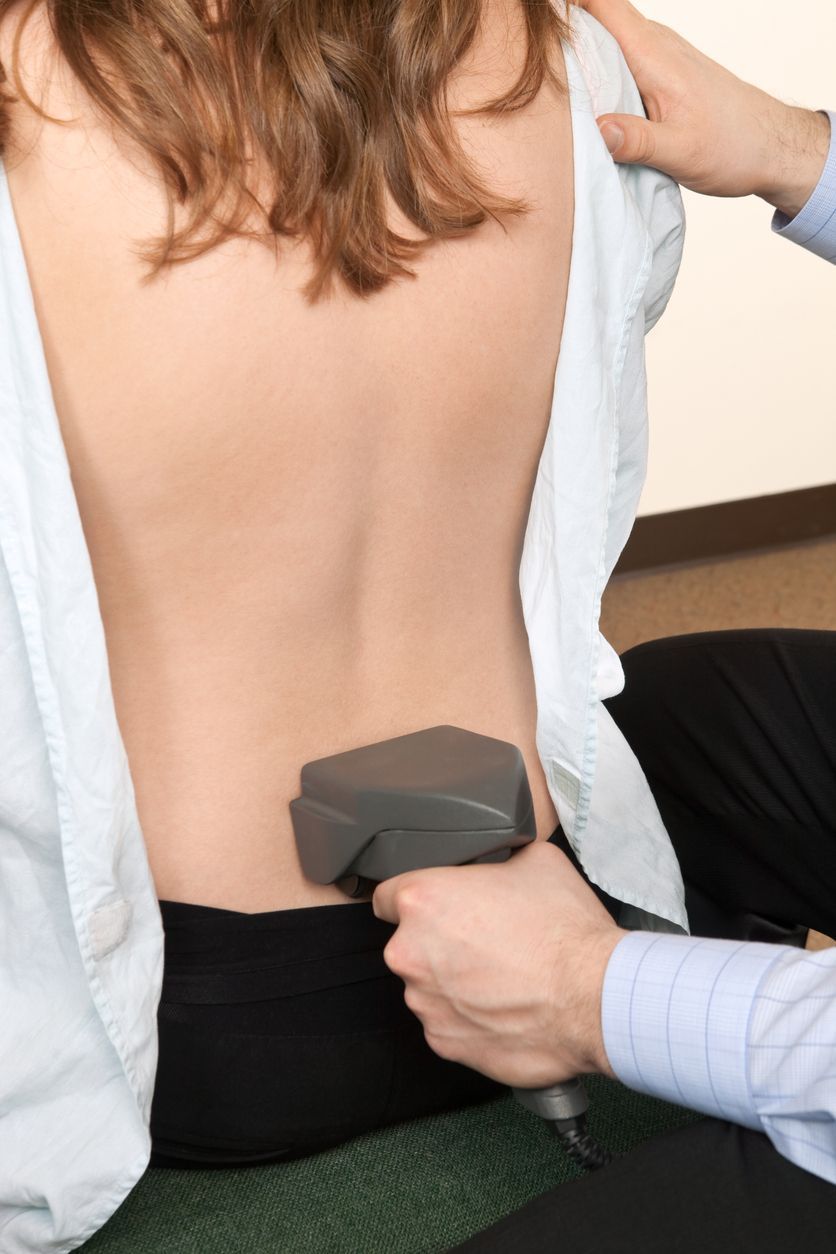Thermography vs. Mammography: Complementary Approaches to Breast Cancer Screening
CT Thermography • May 20, 2025
You can never be too careful with your health, especially with a condition as life-impacting as breast cancer. To give yourself the best chance of catching and defeating the disease earlier, it's best to use all the assessment tools at your disposal. Two important technologies in this area are thermal imaging and mammography.
Each works in different ways and has its own distinct set of strengths and weaknesses. The post explores thermography vs. mammography to help you understand how they function and complement one another.
Let's start with a brief overview of how each type of screening operates.
Mammography visualizes breast tissue using low-dose X-rays. To ensure the procedure is as safe as possible, the breast is gently compressed between two plates to produce a clear image. As the X-rays pass through the breast, they create a shadow-like image. This text excels at detecting:
Each of these is a structural change in the mammary tissue that often indicates the presence of cancer or precancerous conditions. The goal of the mammogram is primarily to look for abnormal tissue growth already there.
Each works in different ways and has its own distinct set of strengths and weaknesses. The post explores thermography vs. mammography to help you understand how they function and complement one another.
How Each Technology Works
Let's start with a brief overview of how each type of screening operates.
Mammography: Seeing Structure
Mammography visualizes breast tissue using low-dose X-rays. To ensure the procedure is as safe as possible, the breast is gently compressed between two plates to produce a clear image. As the X-rays pass through the breast, they create a shadow-like image. This text excels at detecting:
- Calcifications (tiny calcium deposits)
- Masses and tumors
- Structural distortions in breast tissue
- Asymmetries between breasts
Each of these is a structural change in the mammary tissue that often indicates the presence of cancer or precancerous conditions. The goal of the mammogram is primarily to look for abnormal tissue growth already there.
Thermal Imaging: Detecting Function
Thermal imaging, also called thermography, takes an entirely different approach to examine for breast cancer. Rather than looking for structural shifts, it detects heat patterns on the surface of the breast. It is captured using infrared cameras. It works because malignant cells typically have:
- Increased metabolic activity
- Greater blood vessel formation
- Inflammation
All of these characteristics cause the affected part of the body to be slightly warmer than the surrounding areas. These heat signatures showing up on a thermal image can be a good indication that further testing for breast cancer is warranted.
Key Differences
The difference between these two screening methods is that mammography detects structural changes, and thermography identifies physiological changes. On a practical level, this manifests as several meaningful distinctions:
Timing of Detection
The biggest difference between thermography vs. mammography is that they can identify potential problems. Heat increases occur very early in the malignant cells' formation, long before tumors are visible on a mammogram.
Mammograms find cancer cells that have been growing for some time, but this doesn’t mean treatment can’t still be effective. Regular mammograms remain a potentially life-saving assessment.
Physical Contact and Comfort
Thermal imaging only requires the use of a camera. Although it's a special, it never comes in contact with the body, and, like any other, it doesn't have any side effects.
Mammograms require compression of the mammary tissue, which many find uncomfortable and a few find painful. It requires direct contact with the body.
Radiation Exposure
Thermal imaging passively senses infrared energy naturally emitted by the body, making it suitable for frequent check-ups without cumulative risk.
Mammography relies on ionizing radiation to scan its images. While the dose is low and safe, a certain amount of time must pass between testing to keep it that way.
Breast Density Considerations
Women with dense breasts often get less accurate mammogram results because dense tissue appears white on the images, the same color as many tumors. This condition is common in younger women.
Since thermal imaging identifies heat patterns rather than tissue density, its accuracy remains consistent, making it especially useful for women with dense breasts.
Strengths and Weaknesses
Let's now examine the strengths and weaknesses of each method:
Mammography Strengths
- Established track record : The efficacy is backed by decades of research.
- High specificity : It can characterize abnormalities with reasonable accuracy.
- Structural detail : It captures clear images of abnormalities in the breast.
- Widespread acceptance : It is widely recognized as a standard examination tool.
Mammography Weaknesses
- Radiation exposure : Although low, exposure can accumulate with frequent testing.
- False positives : Can cause unnecessary worry or testing due to false positives.
- False negatives : Can miss some cancers, especially in dense breast tissue.
- Discomfort : Breast compression can be uncomfortable for many women.
Thermal Imaging Strengths
- No radiation : Completely safe for frequent check-ups.
- Early detection potential : Can identify problems years before structural changes occur.
- Comfort : Avoids compression by requiring no contact.
- Improved tracking : Establishes a thermal baseline to help track subtle changes more easily.
Thermal Imaging Weaknesses
- Less specific : Not all abnormal heat patterns are caused by cancer.
- Limited research base : Fewer large-scale studies compared to mammography.
- Not a standalone tool : Cannot definitively diagnose cancer on its own.
- Less acceptance : Not as widely recognized as a standard assessment tool
Complementary Approaches
These two technologies shouldn't be viewed as competitors. Instead, they are complementary solutions. Working together to ensure a more complete picture of breast health. In thermography vs. mammography, they combine to detect physiological changes.
They provide detailed structural information about specific areas of concern. This comprehensive approach allows thermography to give the earliest warnings and mammography to offer greater detail when needed.
Making Informed Decisions
The best decisions are those that are made with your healthcare provider. As you discuss your options, keep these factors in mind:
- Personal risk factors : Family history, genetic predisposition, and lifestyle factors may impact which method is most beneficial
- Age considerations : Younger women may benefit from radiation-free, dense tissue, resilient options like thermography
- Comfort preferences : If you avoid mammograms due to discomfort, thermography is a potential alternative to encourage regular check-ups.
Conclusion
Both thermal imaging and mammography are useful tools for breast cancer screening, but they offer different types of information. When considering thermography vs. mammography, this combination allows each to bring its benefits to improve overall health outcomes.
By understanding the differences between these tools, you can work with your healthcare providers to develop an assessment strategy that provides the most comprehensive picture of your breast health.
If you've decided that thermal imaging is the right option for you. The team at CT Thermography is happy to provide you with information about the technology or schedule you for an appointment. To learn more, contact us today.













